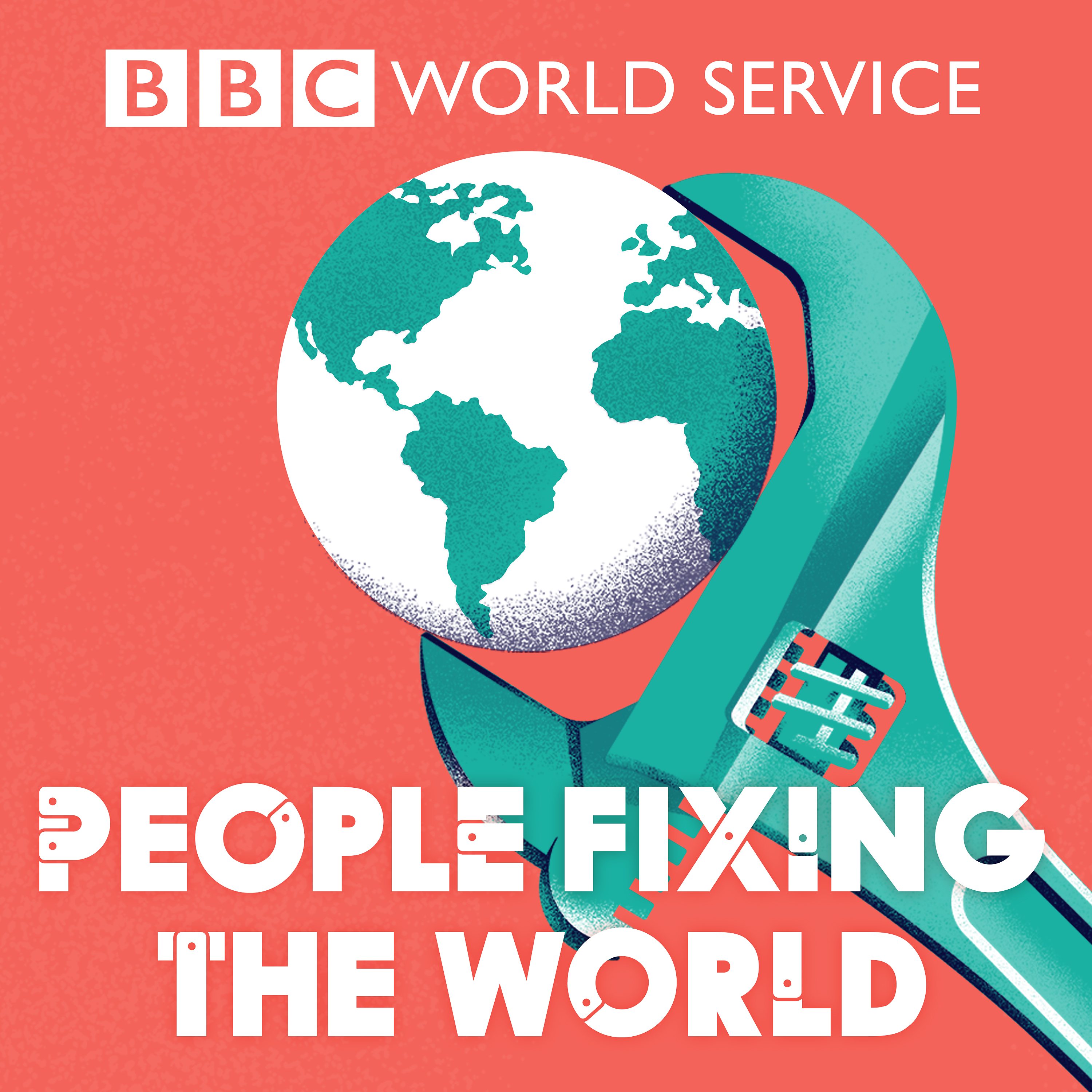
Predicting suicide
People Fixing the World
About 800,000 people take their own lives every year, that’s one person every 40 seconds, according to the World Health Organization. For decades, doctors and researchers have tried to establish the key risk factors that identify someone as being at risk of suicide - depression, drug addiction and low social support have all been proposed - but research shows that no one variable gives doctors a useful steer. This makes it very difficult for mental health professionals to predict who might try to kill themselves. Now the psychologist Joseph Franklin is trying a new approach: to utilise machine learning to spot patterns in how hundreds of variables come together to put an individual at higher risk of suicide. He has developed a computer algorithm that is able to spot the subtle interplay of factors and make much more accurate suicide predictions. At the same time, researchers in the US are developing programmes that scan social media posts for signs that a town may be about to experience a higher rate of suicide than normal. But how should these tools be used by doctors and public health bodies? And is there a risk that even as machines begin to understand suicide, doctors will remain in the dark about how to help their patients, and when? Presenter: Nick Holland Reporter: William Kremer (Photo Credit: Getty Images)Next Episodes

‘No Men Allowed’ – The Gym Getting Women Fit and into Work @ People Fixing the World
📆 2019-02-12 04:06 / ⌛ 00:22:57

How Nepal Doubled its Tiger Population @ People Fixing the World
📆 2019-02-05 04:06 / ⌛ 00:24:20

The shopping mall where everything is recycled @ People Fixing the World
📆 2019-01-29 04:06 / ⌛ 00:24:09

The Turkish App to Help Autistic Children Learn @ People Fixing the World
📆 2019-01-22 04:06 / ⌛ 00:23:13

The Talent Show for Honest People @ People Fixing the World
📆 2019-01-15 04:06 / ⌛ 00:23:35